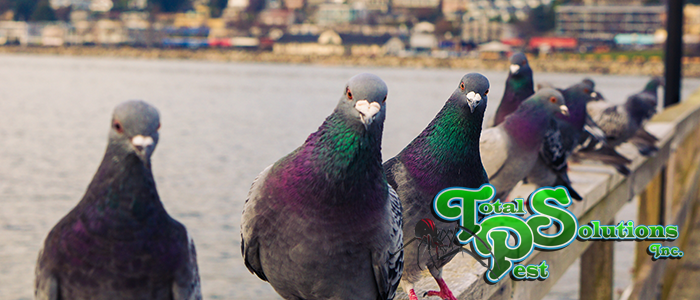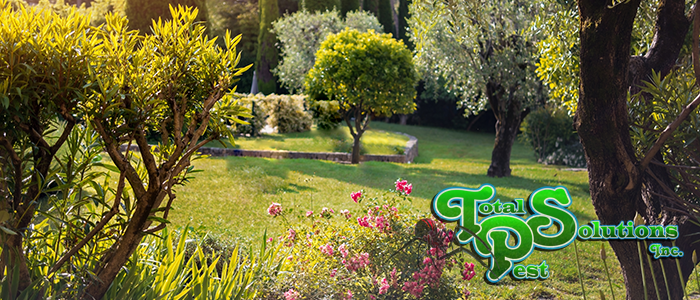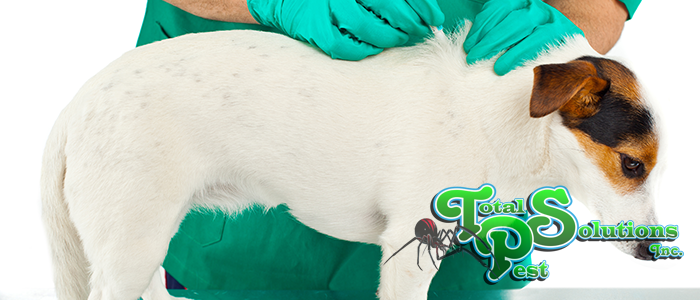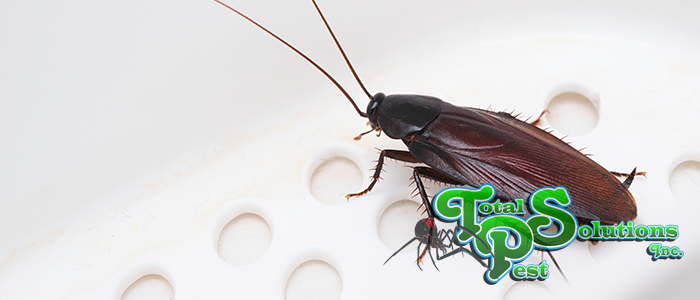
Pigeon Prevention for Businesses
The last thing you need, want, or have time to deal with is a group of nuisance pigeon making their homes in or on the building of your business–your livelihood.
It may seem like all they do is pick at breadcrumbs dropped by animal lovers in parks, but pigeons are dangerous health hazards and can wreak havoc on the structure of your building–both inside and out. They can even deter customers from approaching!
Where They Gather
The well-known and well-recognized pigeon is a bird that is found just about everywhere in the country in farmlands, suburbs, and cities alike, and use a good portion of their day to not only forage for food and feed their chicks, but also deface statues and buildings.
Pigeons like to gather together in groups in a behavior that’s known as “roosting.” Ideal perches and nesting areas include rooftops and eaves, the sides of buildings, rafters, ledges, beams, and HVAC systems. If it’s a flat surface they can access, they’ll make themselves comfortable there.
Dangers to Health
These birds are rife with parasites and diseases, even though they appear to be little more than annoyances. Their droppings have been linked to more than 60 diseases, including cryptococcosis, candidiasis, histoplasmosis, salmonellosis, St. Louis encephalitis, and psittacosis. It’s this reason why exposure to pigeons has the potential to cause serious, life-threatening illnesses; especially in people with existing health conditions.
Because they like to build nests in chimneys and around rooftop ventilation systems, pigeon feathers–which can also be riddled with disease–can not only spread through spaces much quicker, but in some cases can aerosolize parasites or disease particles.
Not to mention, the blockage of airflow to these fixtures can be fatal, too. It has been known that people can die of carbon monoxide poisoning as a result of fireplace exhaust systems being blocked by bird nests.
In addition, the feathers, small twigs, and dried droppings that are found around the nests of birds serve as kindling for fires. Just a heated bulb in close enough proximity or a single tiny spark can end up causing devastating fires capable of destroying entire buildings and claiming lives.
The excrement of birds is also quite slippery, increasing the risk of someone slipping and falling if they step into or on it, which is why you should only have a professional deal with pigeon problems.
Damage to Buildings
Not only are pigeon droppings quite unsightly, but they are acidic, meaning that they can cause damage to buildings themselves, limestone, and painted surfaces.
The buildup of pigeon excrement can damage the finish of buildings, too, whether they’re marble, metal, limestone, or otherwise, leading to extensive repair bills to restore them. Then, when the pigeon problem goes untreated, you end up having to pay those repair bills again and again due to the continuing damage.
Before, we spoke about the health concern in regards to nesting pigeons, but their nesting doesn’t just cause problems for people–the nests and droppings of pigeons are well-known to cause severe degradation to rooftops, especially in the case of tar-based materials. Degradation can result in leaks and water damage, which leads to even more repair bills.
After pigeons manage to find their way into them, ceilings can also be structurally compromised and even collapse.
Solutions and Prevention of Pigeon Issues
If you see a lot of pigeons around your building, call professional pest control before they start doing damage. Some of the services that can be offered to reduce, control, eliminate, and prevent pigeons include:
- Elimination of roosting and nesting areas
- Baiting and trapping
- Displacement and control of nuisance birds like pigeons and sea gulls
- Disorientation of the flock so they move to a new area
- Tactics for prevention
- Deterrents to keep them from coming back
And finally, contacting a professional team to remove them from the area if you’re incapable of doing such yourself.
continue reading
Related Posts
The Importance of Scheduling Regular Lawn Care Services for a […]
The Ultimate Guide to Spotting and Eliminating Flea Infestations in […]
The Menace of Cockroach Infestations in Lake Alfred Homes Cockroach […]






